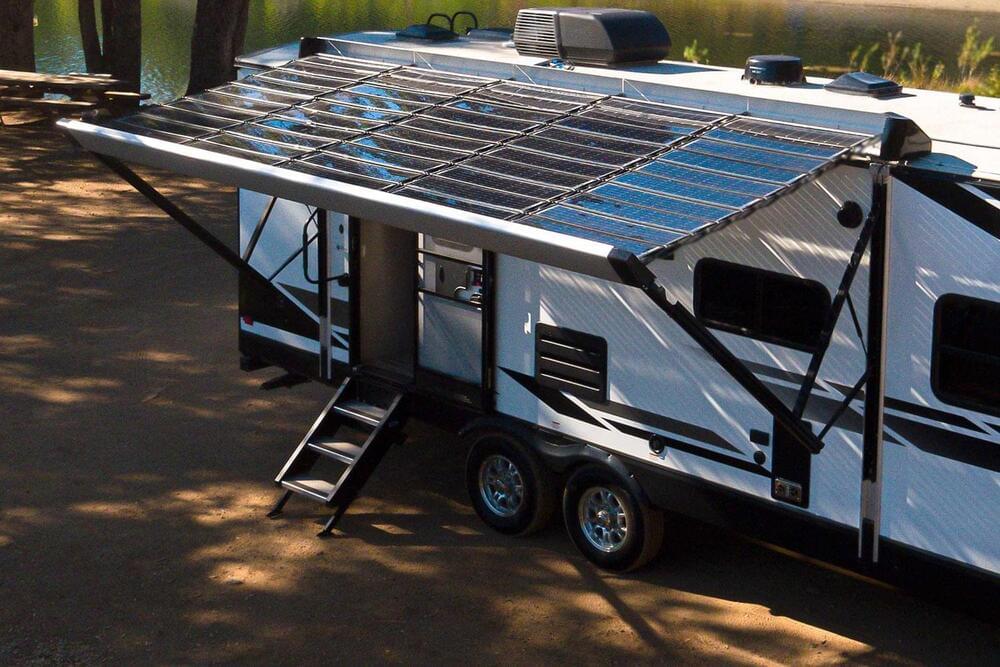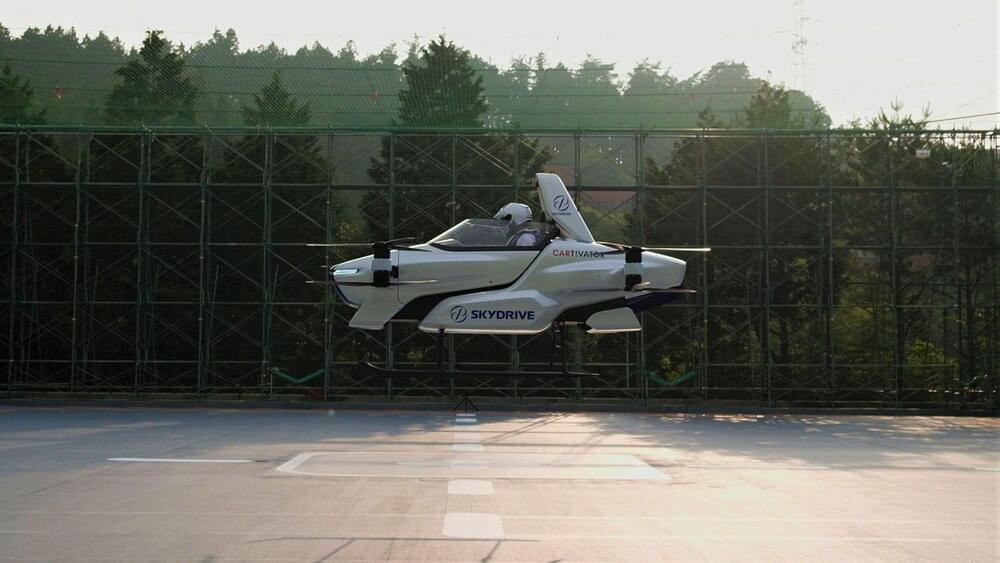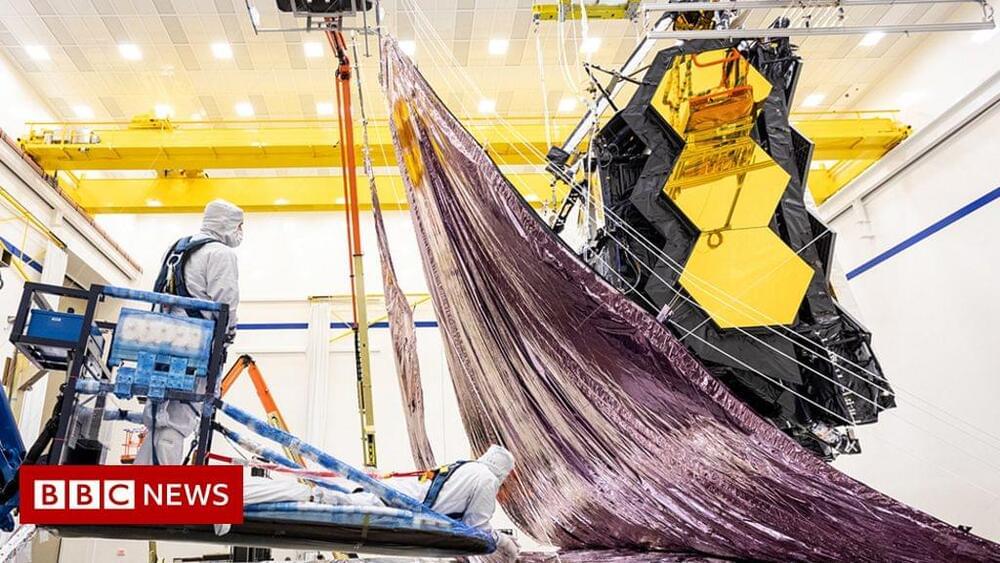Alphabet has launched a new drug discovery company called Isomorphic Labs that will be led by DeepMind CEO Demis Hassabis.
The domino effect of the falling of Chinese companies is in full swing, as one after another, four Chinese real estate companies have toppled. As reported by Asia Nikkei, Modern Land China has become the latest developer from Asia’s largest economy to miss a dollar bond payment, underscoring the stress spreading across the sector, as the property balloon burst at the time when Beijing was at its most vulnerable. According to a filing on Tuesday with the Singapore stock exchange where the bond is traded, the corporation failed to pay interest and principal on a $250 million bond. This month, Fantasia Holdings, Sinic Holdings, and China Properties have all defaulted on offshore notes, while China Evergrande Group narrowly avoided defaulting last week by making a coupon payment on time.
As liquidity concerns intensify amid mounting maturities, as per reports, global rating agencies have already lowered the scores of a record 44 Chinese developers this month. Earlier, Modern Land dropped a plan to extend the bond’s repayment period, and trading in its stock and debt securities was delayed until the company made another announcement. The trade embargo is still in effect, according to the newest declaration. The fact that the Singapore stock exchange will also face the pressure of this fall, means that other countries are now going to suffer for the bad policies of Xi Jinping.
New solar solution allows for extended off-grid camping without the need for gas-powered generators.
A new method for quantum computing algorithms achieved an unprecedented efficiency that’s 2,500% more effective! And it could change everything.
Russian chess legend Garry Kasparov was beaten by a supercomputer — but when it comes to artificial intelligence, he is firmly convinced that it’s the humans who pose the real threat.
Kasparov has remained fascinated by technology since his famous matches against IBM’s Deep Blue computer in the 1990s.
When he wasn’t busy taking on 10 simultaneous chess opponents at Lisbon’s Web Summit this week — handily beating them all in 45 minutes — he spoke to AFP about AI’s growing role in society.
The newest addition to Israel’s already impressive air defenses is a blimp-shaped aerostat radar system, and It is huge!
NASA’s huge new space observatory must survive a daunting series of deployments if it’s to work.
A combination of geometric trickery and radar-absorbing paint just might do the trick.
AIOps startup Moogsoft has improved its unified cloud monitoring platform for enterprises with a host of new features, including integration with its observability service Datadog.
The updates, according to a statement from the company, improve workflow automation and increase incident context, giving organizations using the platform a more holistic view of their systems as well as deeper actionable insights to diagnose and fix problems in real-time.
“Monitoring alone can’t move businesses forward if they don’t understand the context of what went wrong. Context achieved through observability helps customers make sense of data and illustrates how to prevent issues from happening again,” explained Adam Frank, Moogsoft’s vice president of product management and user experience (UX) design.









